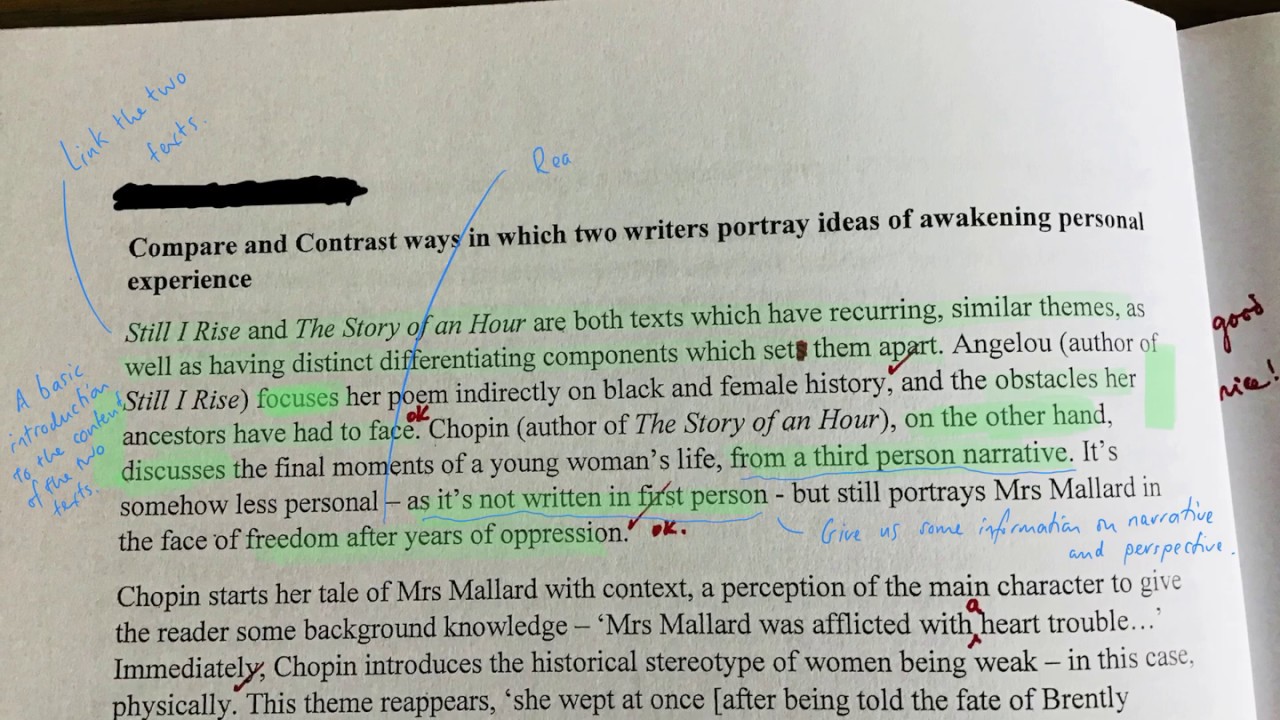How to Write an Introduction for Coursework

How to write an introduction for coursework? There are several different ways to introduce your essay. It’s important to plan out your essay, including sub-section headings, context, critic option, and exploring context. A brief introduction will get your reader interested in reading the rest of the paper. Listed below are a few helpful tips:
Conclusion should be about 10-15 percent of the entire paper
A research paper’s conclusion should summarize the major findings and contributions of the paper. It can be as short as one or two sentences. The conclusion should convey a sense of confidence to the reader. The tone of the conclusion is equally important as the rest of the paper. Ideally, the conclusion should be about 10-15 percent of the overall paper. Listed below are some guidelines to write a conclusion. Read them carefully!
The conclusion should restate each topic sentence, if appropriate. The conclusion should not repeat supporting details from the body paragraphs. New information should only be included in the conclusion if it is essential to the research or argument of the paper. However, it should be noted that not all research papers require a conclusion – it should simply restate the thesis and supporting points. In any case, a conclusion should be between five and ten percent of the overall paper.
A research paper should address important issues and explain the points in the body. The conclusion should summarize the arguments and call the reader to action. It may call for further research. However, it is not required for all conclusions to call the reader to action. In some cases, it is useful to call for further research. But it is not necessary for every conclusion. This article will discuss how to write a conclusion that makes the most sense for the paper.
Introduction should be enticing but short
An introduction for coursework should be enticing but brief. It should gradually lead the reader to the main points of the paper. A quotation is an excellent way to begin an introduction, as it creates an interactive atmosphere and is more enticing. In addition, an opening quotation provides context for the essay and helps the reader develop a personal connection to the topic. Once the reader has a sense of your main point, the introduction can be shortened.
The introduction should tell the reader whether the writer has a thorough knowledge of the topic, as well as how he or she intends to approach the topic. In the case of an essay, the opening paragraph should present a fact or statistic, and should also explain the importance of the research question. Similarly, science projects should contain supporting materials, which includes images and interpretation. Additionally, an appendix can be an optional part of coursework, but its presence will increase your chances of achieving an A+ grade.
The introduction should be short, but effective. A good introduction will draw the reader in, and a good one will make the rest of the paper interesting. A good introduction will be coherent and make the argument and information interesting. You should practice writing several drafts before you feel confident with it. An introduction should be short, succinct, and well-structured. It is critical to write a strong introduction before proceeding to the main content.
Writing an effective article introduction is difficult. It is imperative to make it unique and fresh. It should engage the reader, and focus on the reader. For example, an article introduction should offer the reader a way to solve their problem or change their life. Effective writing requires practice and a lot of patience, and it may be necessary to rewrite the introduction several times. However, it will be worth it to capture the attention of the reader.
Bibliography should be included in the word count
The word count for your introduction for coursework should include the bibliography, unless your professor requests that it be omitted. Generally, the length of an entry depends on its relative importance and value. The length of an annotation should be around 100 to 200 words per citation. However, you may need to include it for some reasons. This article will explain why it should be included in your word count for an introduction for coursework.
APA style requires that citations in text and bibliography be included in the word count. Other departments, such as those in the science department, do not require the use of a bibliography in an introduction for coursework. However, many students include it in their paper because it shows that they have done their research and can present it in a more organized and logical manner. This style is also good for APA-style papers because it consists of three main parts: the introduction and the main body of text. In addition, it includes all the in-text citations, the reference list, and the bibliography.
The word count for an introduction for coursework should be no more than 4000 words. The body of the essay, which should include the Introduction, should be at least 1.5 lines in width. The introduction should be a coherent response to the research question. The rest of the paper should be well-structured, logical, and critical examination of the thesis. For example, if you are writing an essay on how to write a book review, you should include the bibliography in the word count of the introduction.
Before writing your paper, make sure to know what your assignment aims to be. Write a rough outline and note sources of materials. If there is a set word count, it should be included in it. If you don’t have the time, try to find a different theme. If you are writing coursework for a course, you should research the topic you’re preparing for an exam.
Body paragraphs
In writing a body paragraph, it’s important to establish a focus and make the transition from one paragraph to the next smooth. The focus of each paragraph should be clear and specific enough to fit into one paragraph, but general enough to develop in several sentences. The topic sentence should relate to the thesis statement and leave room for evidence and analysis. For example, if you’re writing about a historical event, the first paragraph should describe how the Braille system became popular among blind students at an institute in Paris. This system gained a lot of acceptance among sighted people in the country before it was adopted.
The body paragraph should also contain evidence to support the main idea. Each paragraph should provide new evidence that supports the main idea. Each paragraph should end with a statement of significance, linking to the next one. The Power of the Paragraph video shows a brief description of this structure. Besides supporting the main idea, the body paragraph should include examples and details. Generally, a body paragraph should be less than a page long.
A good research paper should include a rationale for the study. This should be presented after the statement of purpose. Creating a compelling story to illustrate the problem will help the reader empathize with the subjects. If the problem is relevant to the study topic, the rationale should be clear and compelling. Once a reader is engaged, the body paragraph should provide more information. So, remember that the introduction paragraph is only one part of a thesis statement.




Leave a Reply